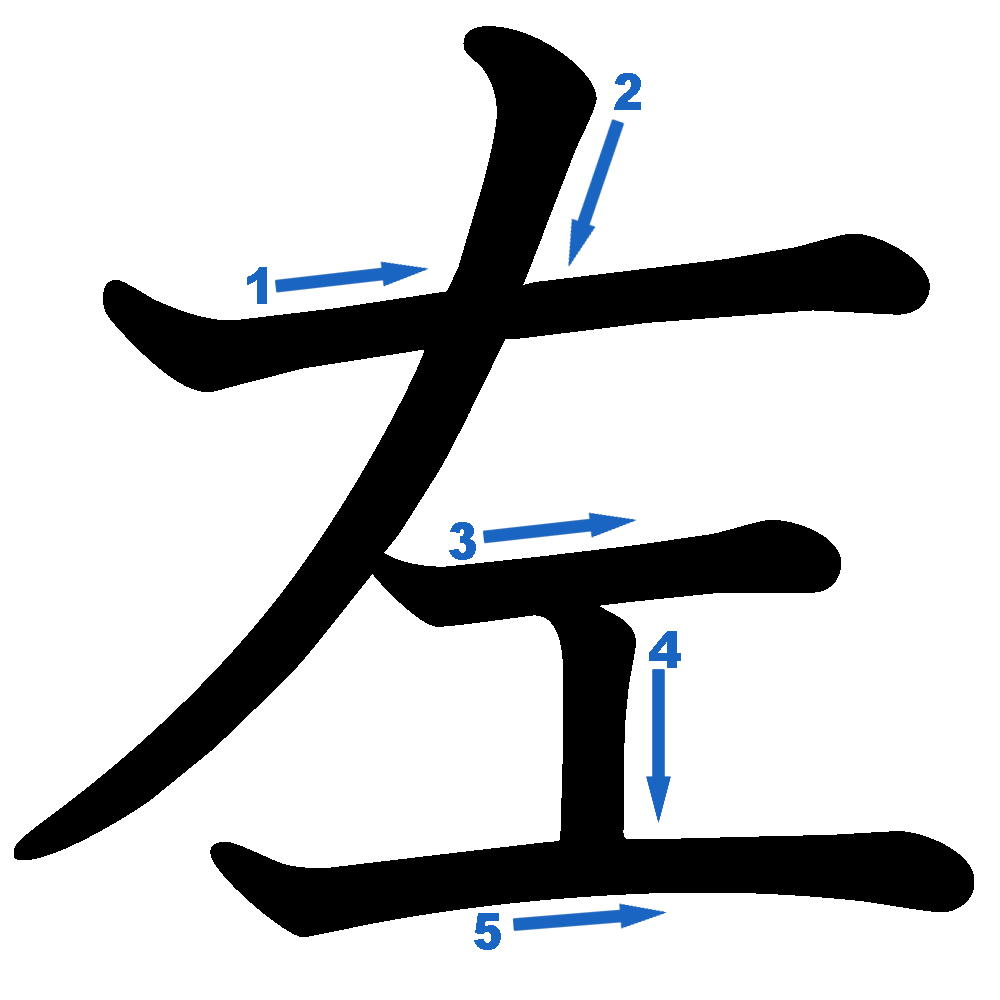

Whichever tools you use, I recommend doing a little bit of practice every day. Or you can seek out a Chinese stationery shop – always a favorite pastime of mine – and buy a big exercise book to practice with at home or in the library.

Hanzi Grids offers downloads of printable grids that you can practice on. There is even grid paper called 米字格纸 (mǐzìgézhǐ), which includes diagonal guidelines to make your characters even neater and clearer. Top tip: make sure before buying a set of flashcards that they include stroke order.Īnother handy learning tool is grid paper, or 田字格纸 (tiánzìgézhǐ), which helps to keep your characters looking well-proportioned and your handwriting neat.
HANZI STROKE ORDER DOWNLOAD
In the beginning, I also had a set of flashcards that were held together with a keyring to help organize the characters I was practicing.įor all Chinese characters orders practice, you can download the sheet here. Personally, I prefer to use a good, old-fashioned pen and paper, because I feel more connected to the characters that way – it’s a very different experience than swiping on a screen with a finger or stylus. Skritter, that offer animated stroke-order diagrams, as well as a breakdown of the radicals, tones and pronunciations associated with each character. There are a number of Chinese-learning apps, e.g. 申 (shēn) apply Other tips for learning stroke order For example, the character 半 (bàn), which means “half.” The long vertical line is written last, because it cuts through the rest of the character across its whole length. Strokes that cut across all the other strokes are often written last. So, with the character “回(huí)” or “to return,” you write the outer enclosure first (see rule 5), then the little box, then the line at the bottom that “shuts the door.” Let the people into the house before you shut the door.
HANZI STROKE ORDER HOW TO
Check out how to write the character 日(rì) or “sun.” You want to create the frame of the character before filling it in. Enclosures before contentīuild your fences before you put the chickens inside. 王 (wáng) a surname 干 (gān) dry 丰 (fēng) enrich 5. Check out how to write the character “十(shí)” or “ten.” Horizontal strokes are always written before vertical strokes. Check out the character “小(xiǎo)” which means “small.” When you are writing a character that is centered and more or less symmetrical (but not stacked from top to bottom) the general rule is to write the center stroke first. Let’s take a look at 我 (wǒ) stroke order: 3. Just remember, they generally all follow Chinese basic stroke rules, such as going from top to bottom and from left to right. 从 (còng) from 林 (lín) forest 湖 (hú) lake There are also many complex Chinese characters that often confuse learners regarding their corresponding stroke orders. Take a look at the “吃 (chī)” example below, which means “to eat.” The “mouth” radical is written before the element on the right.


When a Chinese character has elements standing next to each other, the character is written left to right. When a Chinese character is “stacked” vertically, with elements on top of each other, like the character 立 (lì) or “to stand,” the rule is to write from top to bottom. First, the main rules of Hanzi stroke order: 1.


 0 kommentar(er)
0 kommentar(er)
